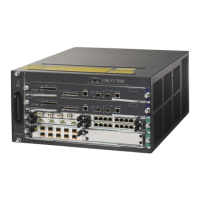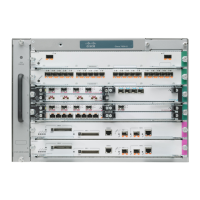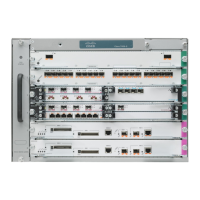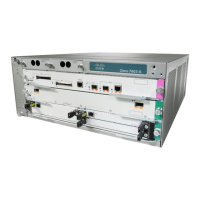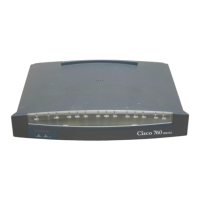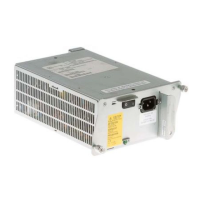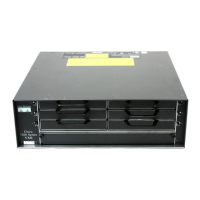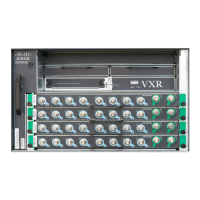CHAPTER
31-1
Cisco 7600 Series Router Cisco IOS Software Configuration Guide—12.1E
78-14064-04
31
Configuring UDLD
This chapter describes how to configure the UniDirectional Link Detection (UDLD) protocol in
Release 12.1(2)E and later releases on the Cisco 7600 series routers.
Note For complete syntax and usage information for the commands used in this chapter, refer to the
Cisco 7600 Series Router Cisco IOS Command Reference publication.
This chapter consists of these sections:
• Understanding How UDLD Works, page 31-1
• Default UDLD Configuration, page 31-3
• Configuring UDLD, page 31-3
Understanding How UDLD Works
These sections describe how UDLD works:
• UDLD Overview, page 31-1
• UDLD Aggressive Mode, page 31-2
UDLD Overview
The UDLD protocol allows devices connected through fiber-optic or copper (for example, Category 5
cabling) Ethernet cables connected to LAN ports to monitor the physical configuration of the cables and
detect when a unidirectional link exists. When a unidirectional link is detected, UDLD shuts down the
affected LAN port and alerts the user. Unidirectional links can cause a variety of problems, including
spanning tree topology loops.
UDLD is a Layer 2 protocol that works with the Layer 1 protocols to determine the physical status of a
link. At Layer 1, autonegotiation takes care of physical signaling and fault detection. UDLD performs
tasks that autonegotiation cannot perform, such as detecting the identities of neighbors and shutting
down misconnected LAN ports. When you enable both autonegotiation and UDLD, Layer 1 and Layer 2
detections work together to prevent physical and logical unidirectional connections and the
malfunctioning of other protocols.

